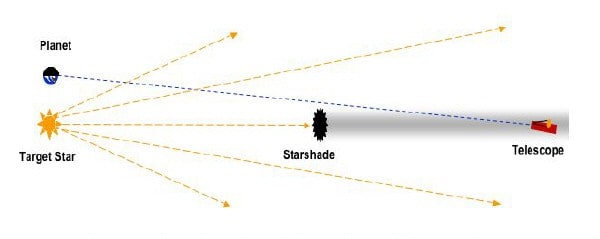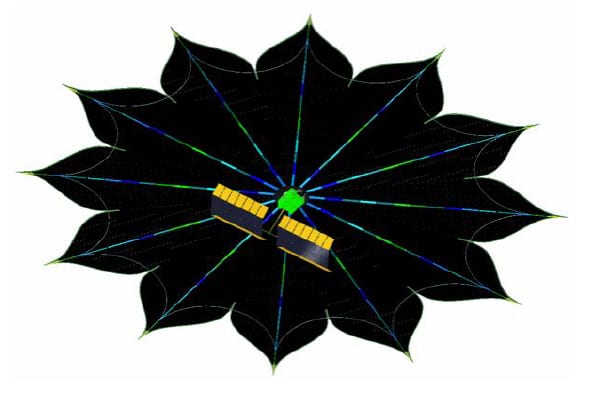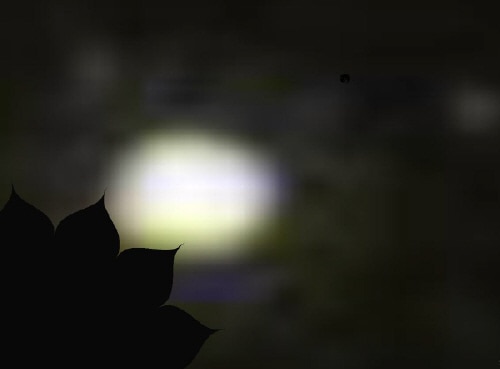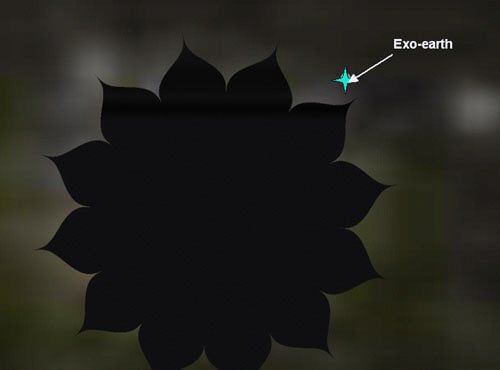An astrophysicist in the US has devised an unusual way to spot extrasolar planets -- by blocking the light from their parent star with a space-based shield. Webster Cash of the University of Colorado says that a thin, sunflower-shaped plastic screen measuring about 50 metres across could be enough to allow planets as small as the Earth to be observed directly. The big snag is that the shield, dubbed a starshade, would have to be attached to a spacecraft and placed tens of thousands of kilometres away from a space telescope. Cash's design may sound like science fiction, but it has already received a $400,000 funding boost from NASA (Nature 442 51).

While more than 175 extrasolar planets have been found in the last 11 years, only two of them have ever been observed directly — by the infrared light that they emit. Extrasolar planets are very difficult to detect because the light coming from them is swamped by that of their parent star. One solution is to place a light-blocking shield called a “coronagraph” inside a telescope — a technique that is routinely used to study our Sun. However, the wave nature of light leads to diffraction and some starlight “bleeds” around the edge of the shield, which swamps the image of any surrounding planets.
Cash has now proposed a new method that places the shield outside the telescope. His technique completely blocks the light coming from a star, therefore allowing surrounding planets to be seen (figures 1 & 4). Cash calculates that a flower-shaped shield about 30 to 50 metres across would allow Earth-sized planets around stars 30 or more light years away to be seen with existing or planned space telescopes (like the James Webb Telescope, for instance).
The telescope and starshade — dubbed the New Worlds Observer — would be launched into space together into an orbit about one million kilometres from Earth, with the telescope trailing thousands of kilometres behind the starshade. Scientists would be able to remotely control the starshade, opening and closing it as well as moving it into the lines of sight of nearby stars thought to harbour planets using “thrusters” (figures 2 & 3).
“We would use the starshade as a giant hand to suppress the light emanating from a central star by a factor of about 10 billion,” says Cash. The starshade could even allow astronomers to identify features like oceans and continents on the exoplanets as well as the presence of molecules like oxygen and methane using back-up spectroscopy measurements. This could potentially provide the first evidence of life outside our Solar System, says Cash.
The New Worlds Observer design received $400,000 in funding last October by NASA’s Institute for Advanced Concepts.






